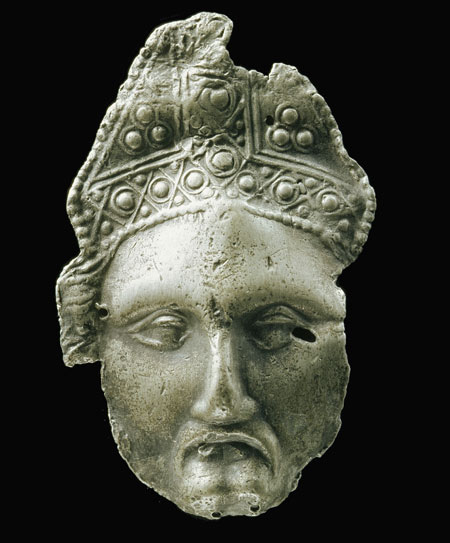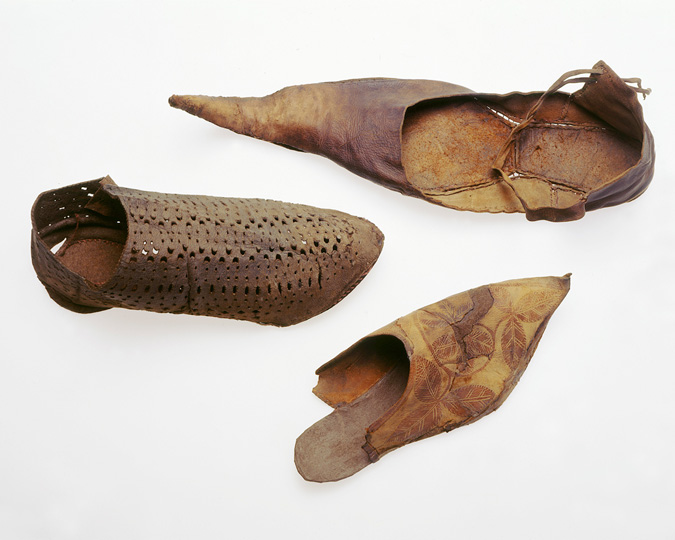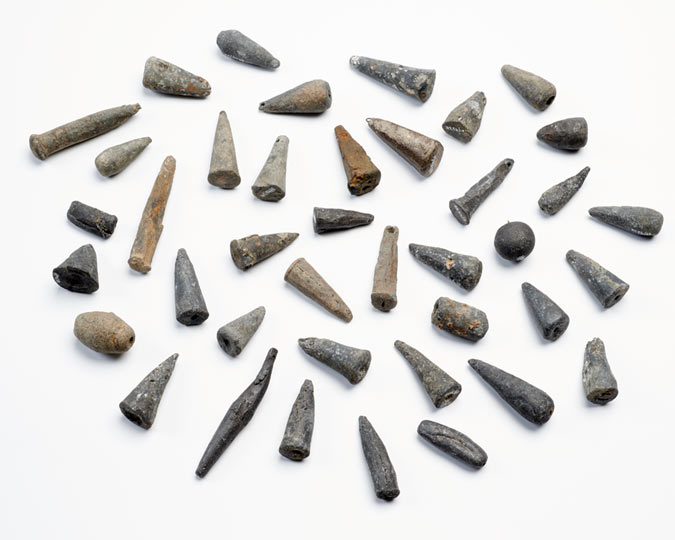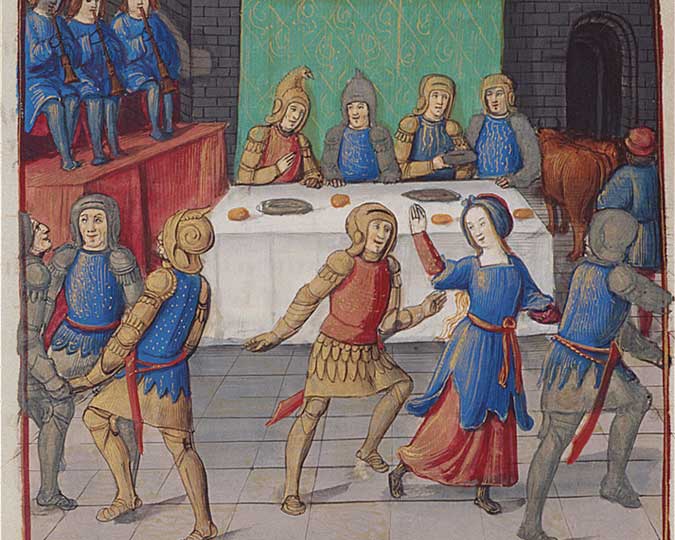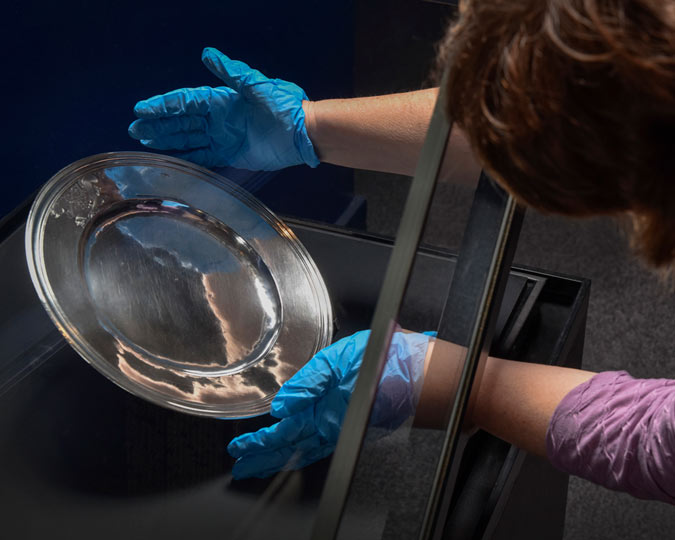Thomas Becket, Archbishop of Canterbury, became an internationally celebrated saint after his murder in 1170. 2020 marks the 900th anniversary of St Thomas Becket’s birth and the 850th anniversary of his death, and the Museum of London is marking the occasion with a new display in our Medieval gallery, part of Becket2020 commemorations across the country.
From his birth off Cheapside in 1120 to his dramatic death at the hands of King Henry II's knights fifty years later, Thomas Becket's life was an extraordinary one, deeply intertwined with London's story. After beginning his career as a clerk in the household of Theobald, Archbishop of Canterbury, "Thomas of London" rose dramatically: to become first Chancellor and close friend to Henry II, serving the king as diplomat, statesman and solider. But after Thomas's elevation to become Archbishop of Canterbury in 1162, the two men argued over the rights of the Crown and the Church. This bitter struggle for authority and power was to lead to the death of Thomas, and his veneration as a holy martyr and, soon after, a saint.
The Museum of London has a large collection of souvenir pilgrim badges relating to St Thomas and his commemoration during the medieval period. These badges were produced in Canterbury and possibly also in London, to celebrate the saint.
This article explores some of the objects relating to St Thomas, offering the chance to take a closer look at the tiny details which can be difficult to see with the naked eye. The first three badges feature in the temporary display on St Thomas at the Museum as part of the Becket2020 celebrations.
Murder Scene Pilgrim Badge
Click the numbers to reveal more detail.
The scene of Thomas’ martyrdom is one of the most popular images of the saint, found in art and sculpture across Europe. Many pilgrim badges have been found depicting the scene to commemorate St Thomas. The inscription at the bottom of the badge identifies the saint as ‘Thomas Martyr’ (THOMAS MA).
Thomas’ murder in Canterbury Cathedral caused an international sensation, in part because of its sacrilegious nature, spilling blood in a church. Miracles were reported and attributed to Thomas soon after his death and the shattered piece of sword, and a piece of his skull were kept and became popular relics. Thomas Becket was canonised in 1173 and the next year Henry II made a pilgrimage to his tomb at Canterbury as a sign of contrition for his part in Thomas’ murder.
Canterbury Shrine Pilgrim Badge
Click the numbers to reveal more detail.
This intricate openwork pilgrim badge depicts the shrine of St Thomas at Canterbury Cathedral. A digital interpretation of the shrine can be found on the website of the Centre for Christianity and Culture based in York. The shrine was built in 1220 and the design changed in the 14th century.
St Thomas’ fame and renown as a saint quickly spread across Europe and he was credited for countless and varied miracles. Canterbury Cathedral similarly became an international pilgrimage site. St Thomas’ tomb drew a significant number of pilgrims from London where he was considered particularly important and London itself, with the site of St Thomas’ birth, may have been an important part of the pilgrimage route.
Ampullae of Canterbury Water
Click the numbers to reveal more detail.
A distinctive feature of the cult of St Thomas was his association with ‘Canterbury Water’. After his death, miraculous cures were attributed to St Thomas’s blood. Drops of the blood saved after his death were added to water and blessed. This could be distributed to pilgrims who carried the water home in ampullae such as this one.
The seal of approval: St Thomas as patron saint of London
Click the numbers to reveal more details.
In the late twelfth century St Thomas was adopted as one of the patron saints of London, along with St Paul. They are both depicted in this 1381 matrix for a new seal for the Mayor of London. The inscription around the side reads ‘seal of the mayoralty of the city of London’ (sigill: maioratus: civitatis: london). The position of London mayor was closely linked with St Thomas during the later medieval period. By the 15th century the newly elected mayor would take part in a procession from the site of St Thomas’ birth at Cheapside to St Pauls and back, donating a penny to the Hospital that stood on the site.
You can see these objects, and more reflecting the veneration of one of London's most famous sons, on display in the Museum of London's Medieval gallery from 14 February 2020.
Kirstin Barnard (@KirstinBarnard) is a PhD candidate in the History Department at the University of York.








